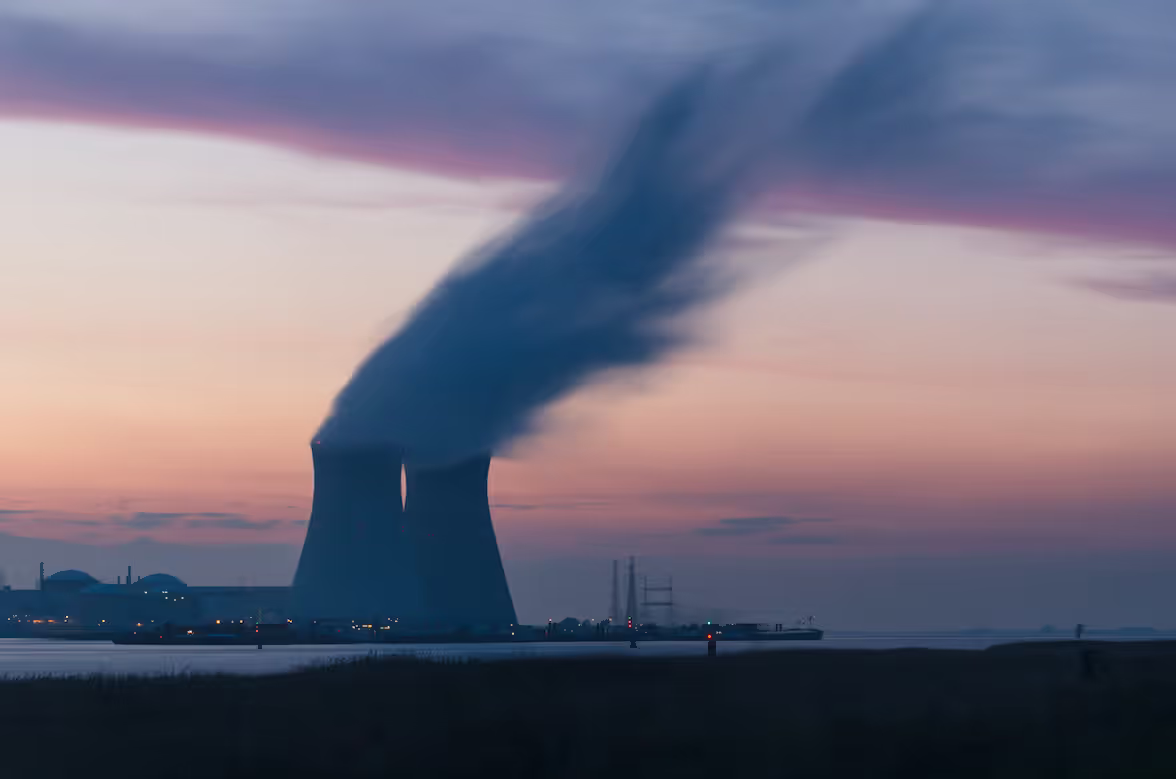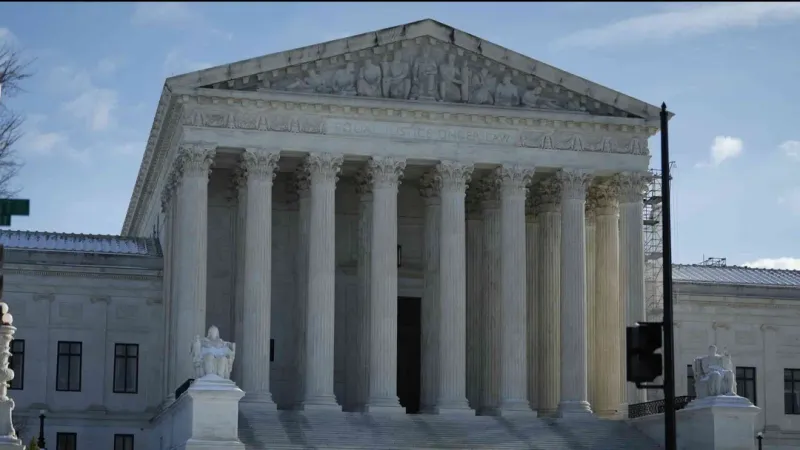Scientists Achieve Second Net Energy Gain in Nuclear Fusion
Scientists at the federal Lawrence Livermore National Laboratory in California on Sunday announced they achieved net energy gain in a nuclear fusion reaction for a second time, but with a higher energy yield this time.

Facts
- Scientists at the federal Lawrence Livermore National Laboratory in California on Sunday announced they achieved net energy gain in a nuclear fusion reaction for a second time, but with a higher energy yield this time.1
- Inputting about two megajoules (MJ) of power from lasers, scientists were able to generate 3.5 MJ of energy, up from 3.15 MJ during a December 2022 experiment. This means more energy was produced from fusion than the laser energy used to drive it.2
- Nuclear fusion, which is considered by many to be a solution to the global emissions problem, smashes together two types of hydrogen – deuterium and tritium – to make neutrons and large amounts of energy with no greenhouse gases.2
- As opposed to nuclear fission – which also produces no carbon emissions – fusion comes with no risk of nuclear disaster and produces much less radioactive waste. However, scientists haven't generated the 300 MJ required to power the lasers.3
- While it's hoped that both fusion and fission will become a "baseline" energy output, supplemented by other renewables like wind and solar by the second half of the century, Livermore can currently only use its lasers once a day.2
Sources: 1Guardian, 2The Telegraph, and 3Phys.
Narratives
- Narrative A, as provided by New Scientist. Although scientists can only ignite this fusion process very briefly, once a day, this news means we have the science to achieve a long-awaited phenomenon. Whether from lasers or magnetic fields, the engineering building blocks have been created to push us into an emissions-free future to truly combat the climate crisis.
- Narrative B, as provided by Archive. These breakthroughs are exciting and should be expanded upon, but we may run out of the tritium needed to power these experiments. Scientists haven't generated more energy than they input, and could be empty-handed by the midcentury deadline they've set for establishing nuclear fusion as a renewable energy source.






